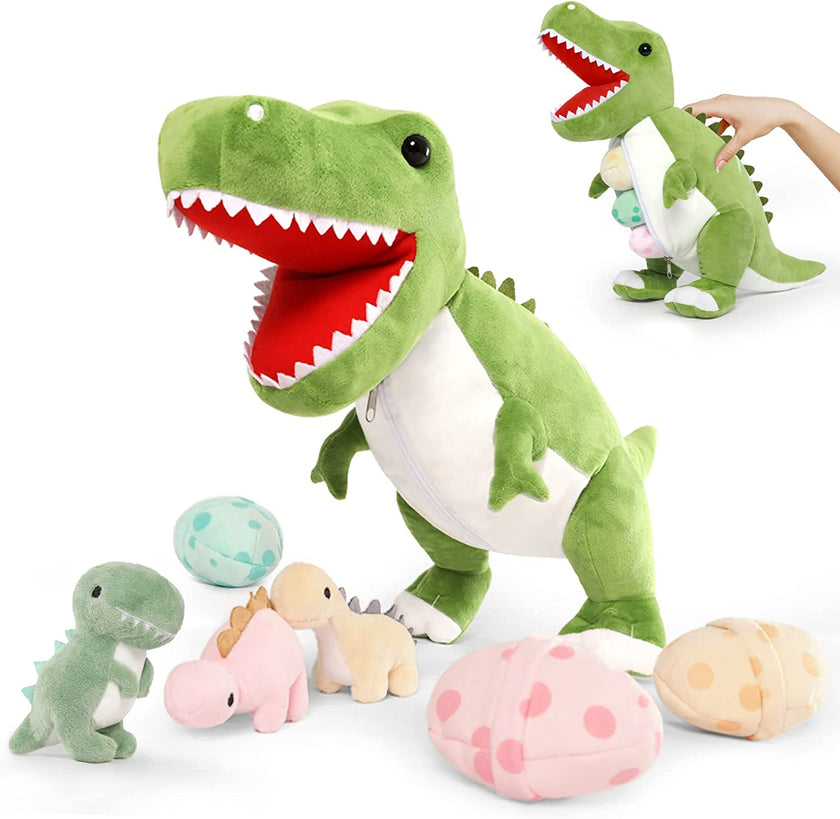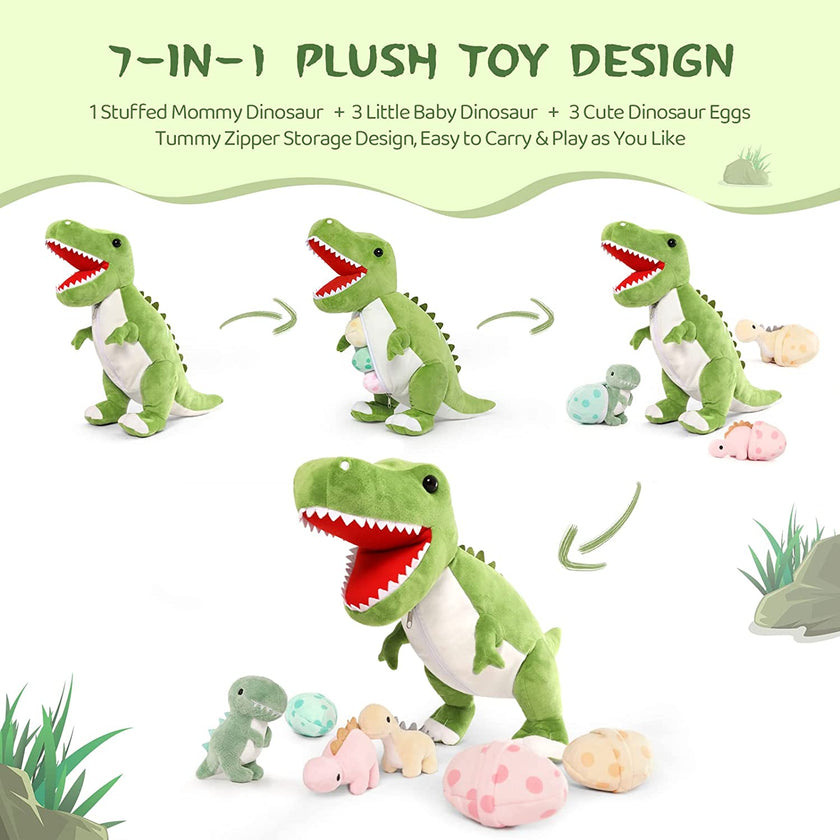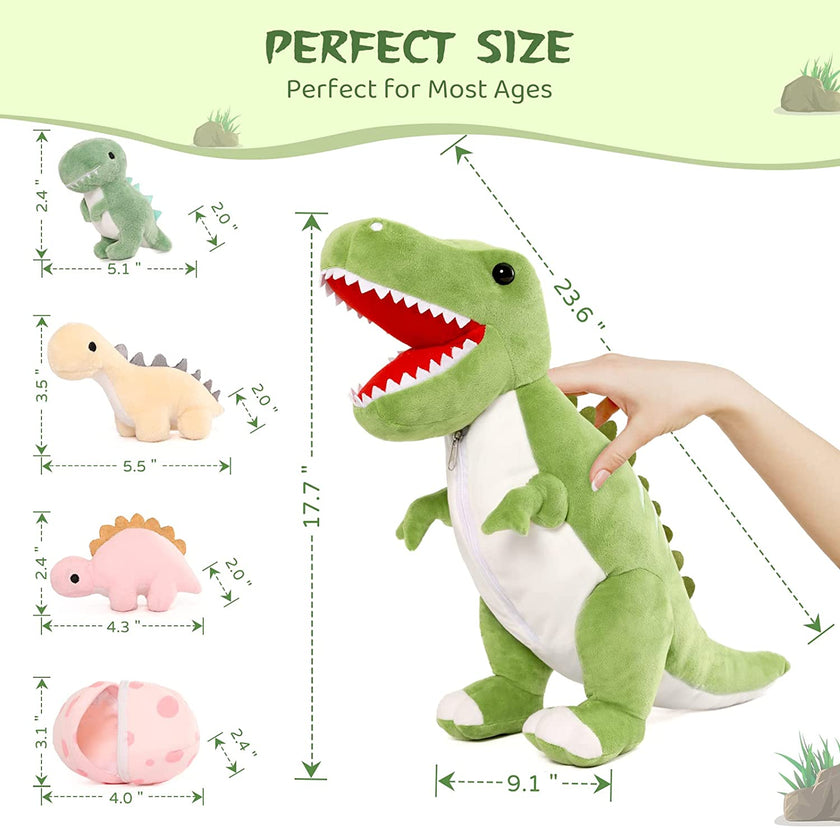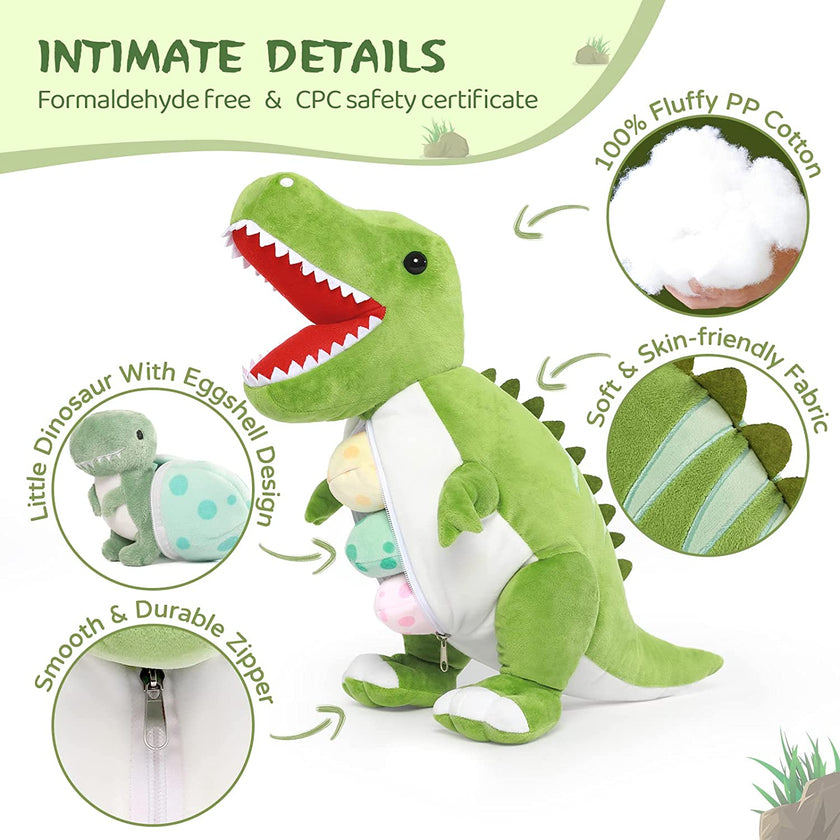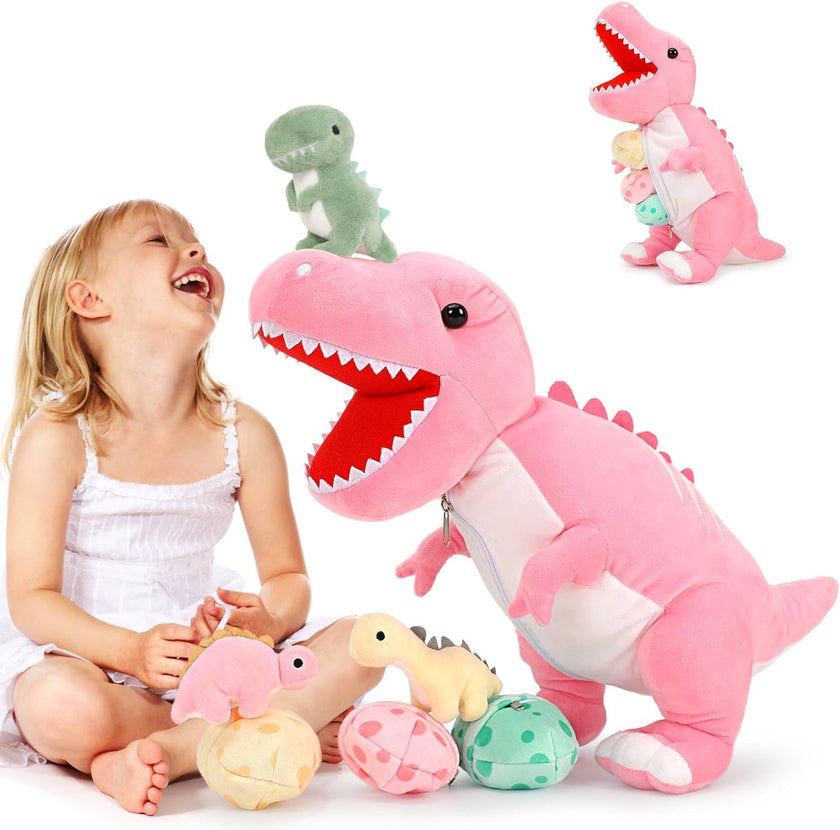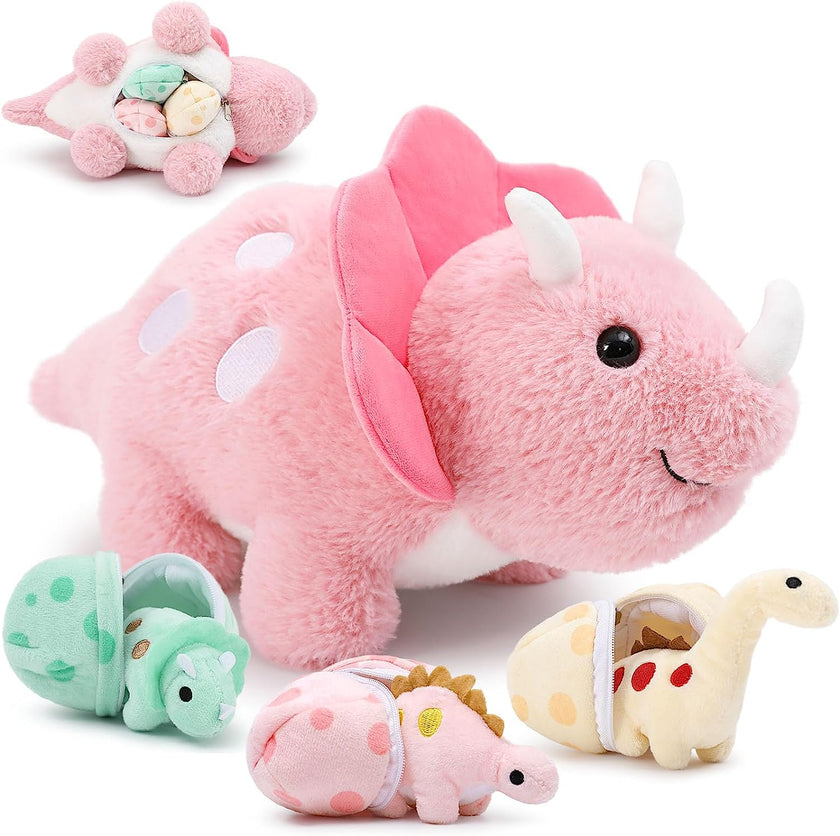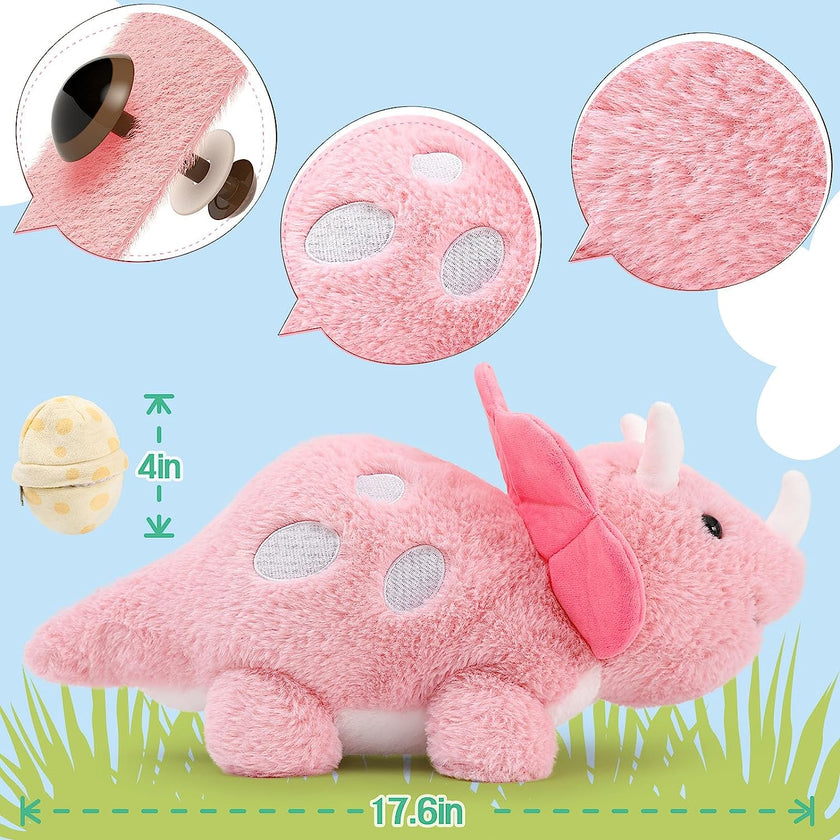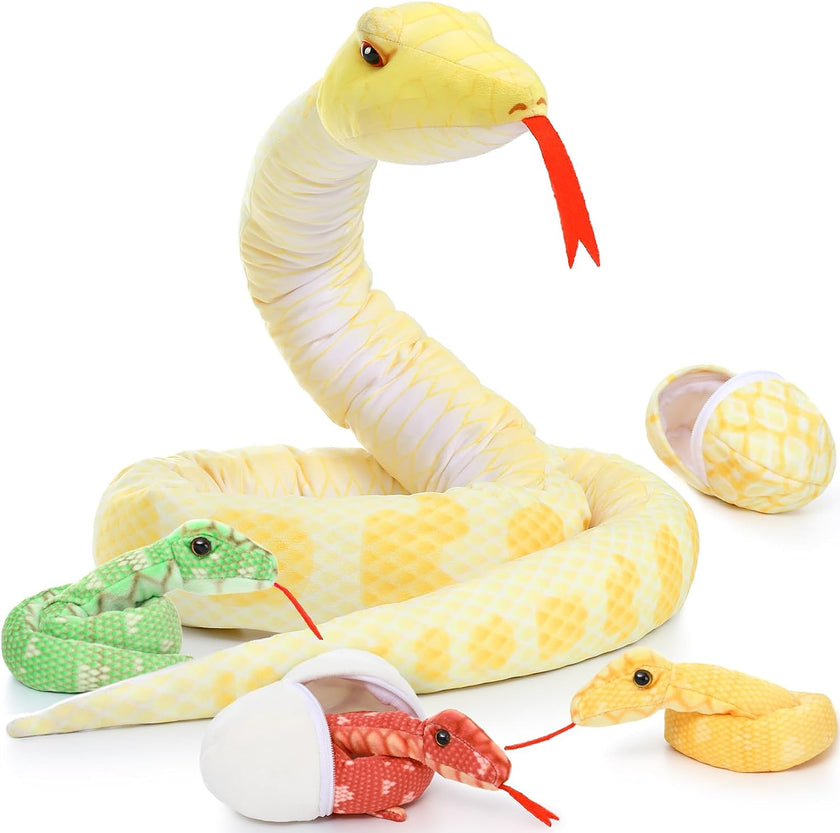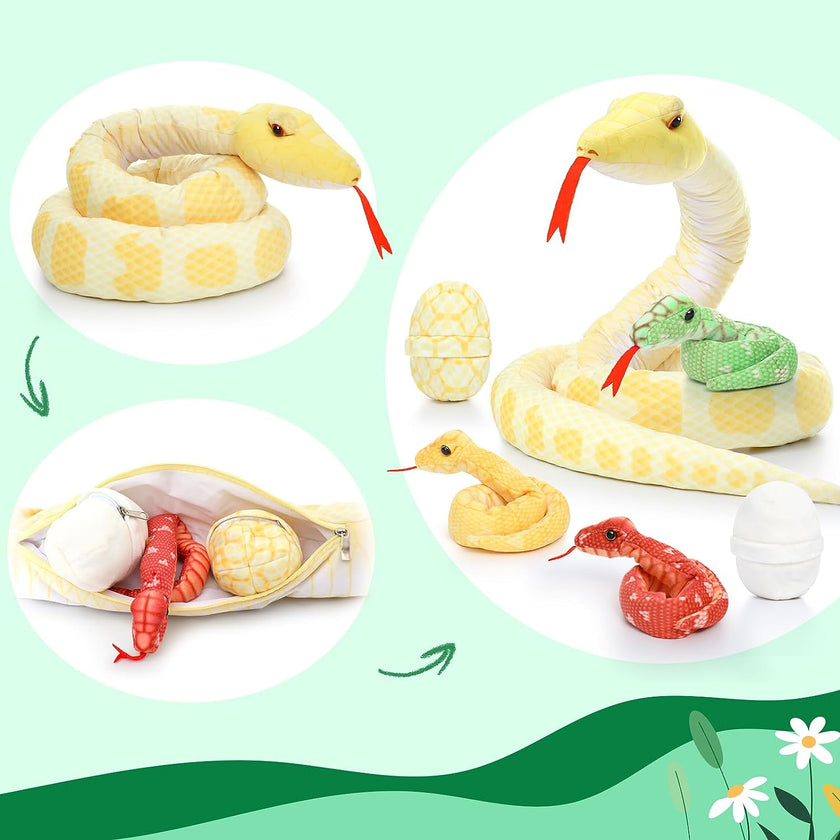It's common knowledge that otters are some of the cutest mammals on the planet. With their endearing faces and delightful antics, it's no wonder they hold a special place in the hearts of nature enthusiasts everywhere. But here's the question: many people often find themselves stumped when trying to tell the difference between river otters and sea otters. Don't worry, my friends! We understand how confusing it can be, so we've put together a few simple ways to help you distinguish between the two adorable species.
🦦Size Comparison
Many people are surprised to learn just how big sea otters are compared to river otters. In California, female sea otters can weigh up to 60 pounds, while males can reach 90 pounds. Head further north to places like Alaska, and you might spot males tipping the scales at 100 pounds! River otters, on the other hand, are more on the petite side. Females typically weigh between 10-20 pounds, while males top out around 30 pounds. So, if you ever come across an otter in the wild, you'll now know how to tell the difference based on their size!
🦦Swimming Behavior
Both types of otters just love to swim, but they have their own unique styles! River otters are happy in both saltwater and freshwater, chilling by the riverbanks and keeping their bellies down while swimming to stay submerged. On the other hand, sea otters stick to saltwater environments and rarely come on land. They even have the cutest habit of floating on their backs while eating and holding hands with their friends while sleeping to stay together!
When it comes to swimming, sea otters use their webbed hind feet and tail to glide through the water, while river otters rely on their four webbed feet for efficient swimming. River otters can dive down to about 60 feet deep, but sea otters are diving champs, able to reach depths of several hundred feet to find their favorite snacks. Each type of otter has its own unique way of enjoying the water!
🦦Otter Pups
When it comes to having pups, sea otters and river otters have some differences. River otters usually have two to three pups at a time, who will venture off on their own after about six months to a year. Sea otters, on the other hand, typically only have one pup and will take care of them until they are independent around eight months to one year old. Another interesting difference is that river otters reach sexual maturity faster, usually between the ages of two and three, while sea otters take a bit longer to mature, with females reaching maturity between ages three and five, and males between ages five and seven.
Both otters have their own cute ways of looking after their little ones and making them feel at home, too. River otters make sure their babies are safe by keeping them close by in dens they build along riverbanks. On the other hand, sea otter moms are known for carrying their pups on their stomachs as they float in the water until the little ones learn to swim on their own. They even wrap their babies in kelp to keep them cozy while they go hunting, resulting in the adorable sight of the pups bobbing up and down on the ocean's surface like tiny corks, as described by the Marine Mammal Center.
🦦Fur Comparison
Sea otters have a thicker fur coat compared to river otters. When you take a closer look at river otters, you'll see that they have short, rough fur consisting of two layers: one to keep them warm, and another waterproof layer on the outside. Sea otters, on the other hand, have the densest fur in the animal kingdom, with up to one million hairs per square inch of their body! Both types of otters rely on their fur to provide insulation by trapping air to keep them warm, especially in cold Pacific waters that can drop to temperatures between 35° and 60°. As you move up the coast to Alaska and Canada, temperatures can dip even lower!
🦦Environment
If you’re ever unsure about which type of otter you’re watching, don’t worry! Just take a look around at its surroundings. For example, if you see an otter in the middle of the continent on a river, it’s most likely a river otter. But remember, not all otters on the coast are sea otters! Sea otters tend to stick to the northeastern Pacific Ocean, so you won’t find them hanging out on the East Coast or in the Gulf of Mexico. If you spot an otter in the Chesapeake Bay, it’s probably a river otter. But if you see one in Monterey Bay, especially in the water, chances are it’s a sea otter. And here’s a fun fact: sea otters love to swim, while river otters prefer to spend their time on land, only diving into the water when they need to hunt or explore. So next time you see an otter, take a quick peek at its environment to figure out which kind it is!






